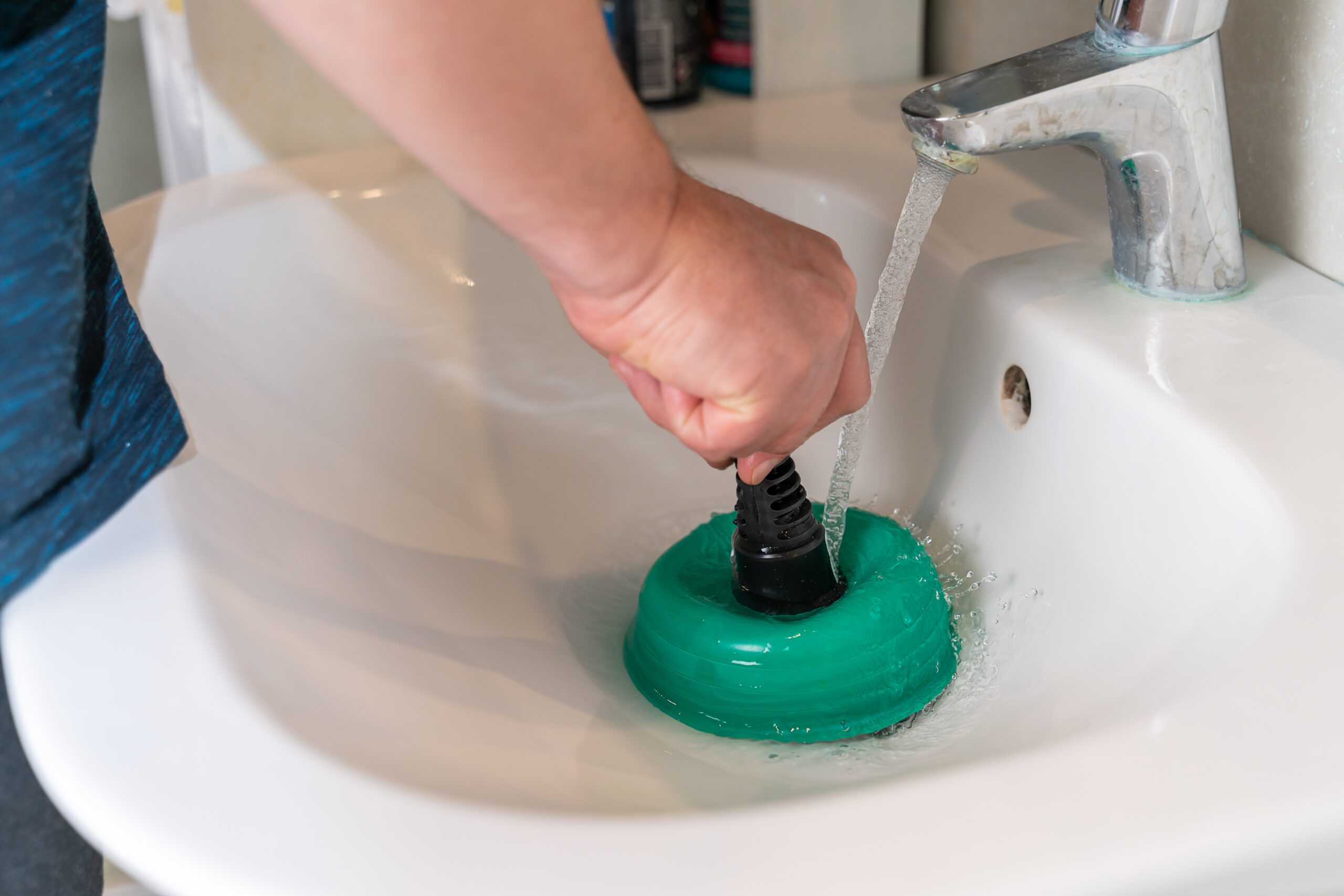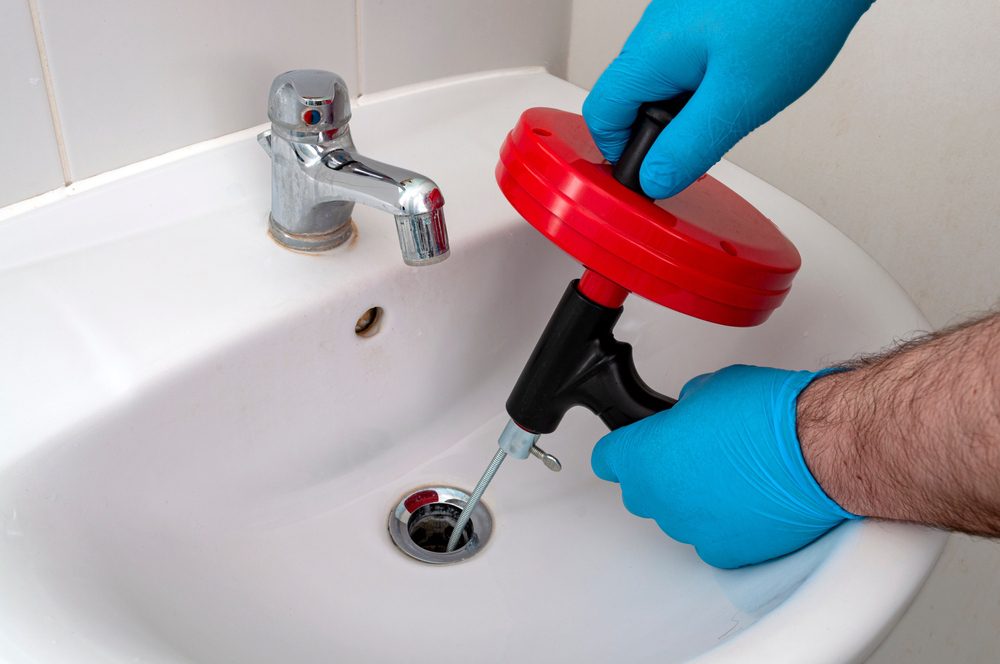Any individual is bound to have his or her own rationale when it comes to How to handle a clogged drain in your home.

Intro
Dealing with a blocked drainpipe can be a discouraging experience, disrupting everyday activities and potentially causing damage to your home. Nonetheless, before connecting to plumbing experts, there are actions you can require to attend to the issue yourself. In this guide, we'll discover DIY solutions and safety nets to take on a blocked drain successfully.
Determining the Issue
The primary step in attending to an obstructed drain is acknowledging the indications. Slow-moving drain, gurgling sounds, foul odors emanating from drains, or water support up are common indications of an obstructed drainpipe. Identifying these signs early can assist stop additionally difficulties.
Selecting the Right Pipes Service
When choosing a plumbing solution, consider variables such as experience, licensing, and consumer evaluations. Pick a reputable plumber with a performance history of high quality handiwork and transparent rates practices.
Cost Factors to consider
The expense of specialist drain cleaning services can differ depending on the intensity of the blockage and the plumbing's rates. Request quotes from several service providers and inquire about any additional charges to ensure transparency and stay clear of surprises.
Safety Measures
When trying DIY drain cleansing, focus on safety. Put on protective gloves and eyeglasses to prevent contact with dangerous chemicals or bacteria. Never ever mix different drainpipe cleaning items, as this can produce hazardous fumes.
Situation Researches
Real-life examples highlight the effectiveness of do it yourself services and the value of prompt professional intervention in settling drainpipe clogs.
Usual Sources Of Blocked Drains
Understanding the elements that contribute to drain obstructions is necessary for efficient resolution. Typical perpetrators include hair, soap scum, grease, food particles, and international items like sanitary products or paper towels. Tree roots invading underground pipes can additionally trigger substantial blockages.
Do it yourself Solutions
For small blockages, several DIY services can be efficient. Putting boiling water down the drainpipe can aid dissolve grease and particles. Sodium bicarbonate and vinegar or a mixture of salt and baking soda can serve as all-natural cleaners. Utilizing a plunger or pipes snake to displace blockages is another alternative.
Tools and Equipment
Having the right devices handy can make DIY drainpipe cleansing more efficient. A bettor is a flexible tool for getting rid of blockages in sinks, toilets, and showers. A pipes serpent or auger can get to much deeper blockages, while drainpipe cleaning chemicals can be utilized meticulously for persistent obstructions.
Preventive Measures
To prevent future blockages, adopting preventive measures is crucial. Set up drain guards or strainers to catch hair and particles before they go into the pipelines. On a regular basis flush drains with warm water to dissolve grease build-up, and avoid taking care of grease or solid waste down the drain.
When to Call an Expert
While do it yourself remedies can resolve minor obstructions, specific indications indicate the requirement for professional aid. Consistent obstructions, foul odors despite cleaning up efforts, or multiple drains supporting at the same time are warnings that call for expert intervention.
Conclusion
By following the ideas detailed in this overview, you can efficiently take on obstructed drains and stop future pipes concerns. Whether opting for DIY solutions or seeking specialist aid, punctual action is key to maintaining a healthy and balanced pipes system and protecting the integrity of your home.
WHAT I LEARNED FROM TRYING TO DEAL WITH A CLOGGED DRAIN
We have had our share of seepages and other annoying things that are part of living, especially in an apartment complex. And if there’s one thing that’s terrifying for a homeowner—or even someone in a rented home—it is a clogged drain, indoors or outdoors.
We enjoy our living space, but it’s simply a fact of life that dead skin, soap and a host of other items go down the drain; eventually, the residue builds up and prevents anything from moving. Ugh.
Not Calling A Professional
Of course, it might seem simple to just whip the pipe off under the sink and see if you can unblock it. Unfortunately, what if the blockage isn’t there, or you don’t reconnect it properly? Worse, you might break a piece and have no drainage system. Can you imagine that scene? Yuck!
Not Watching Your Waste
This will sound d’uh, but the best tip I can give you for drain cleaning is to avoid clogging the drain in the first place! You can do this by monitoring what goes down the drain and catching the items which are most likely to give you a problem. Invariably hair, vegetable peels, and large wads of toilet paper are the most obvious culprits. Add a filter—these are available in hardware stores and can be removed and cleaned easily.
Poking The Drain
The first urge with a clogged drain is to poke at it with a stick or anything that resembles a stick. Sadly, this does not result in magically solving the issue. The mental image is, naturally, one of the stick just pushing through the offending item and all is well again. Reality is quite different and unpleasant and likely to lead to further problems.
The thing is, every drain has a series of bends that are not visible to us. Drains are built this way to prevent gases from entering the house. What happens when you poke a stick into the drain? Of course, it can’t bend around the corner. The more adventurous people will use force and end up wedging the stick or causing it to break off in the pipe—creating an even bigger issue. Worst thing? The stick will shift the block further down the pipe, creating the space for more to collect. Go ahead! Roll your eyes!
Using The Wrong Plunger
You know what they say: the right tool for the right job! Did you know there are different types of plungers besides the basic one we keep at home for an emergency? Yes, there are. For example, the toilet plunger has a bell-shaped bottom while the sink plunger is flat. This is an important difference and using the wrong plunger will be useless. There’s also a knack in using plungers—they must be placed in such a way that they create an airtight seal and then, moved slowly up and down—not as fast as we imagine.
https://vidyasury.com/2018/01/learned-trying-deal-clogged-drain.html

I recently found that blog entry on How to handle a clogged drain in your home while doing a search on the web. Do you know about another person who is in the market for What I learned from trying to deal with a clogged drain? Please feel free to share it. We take joy in your readership.
Quote
Comments on “Approaches for Fixing a Blocked Drain Prior to Reaching out to Expert Plumbers”